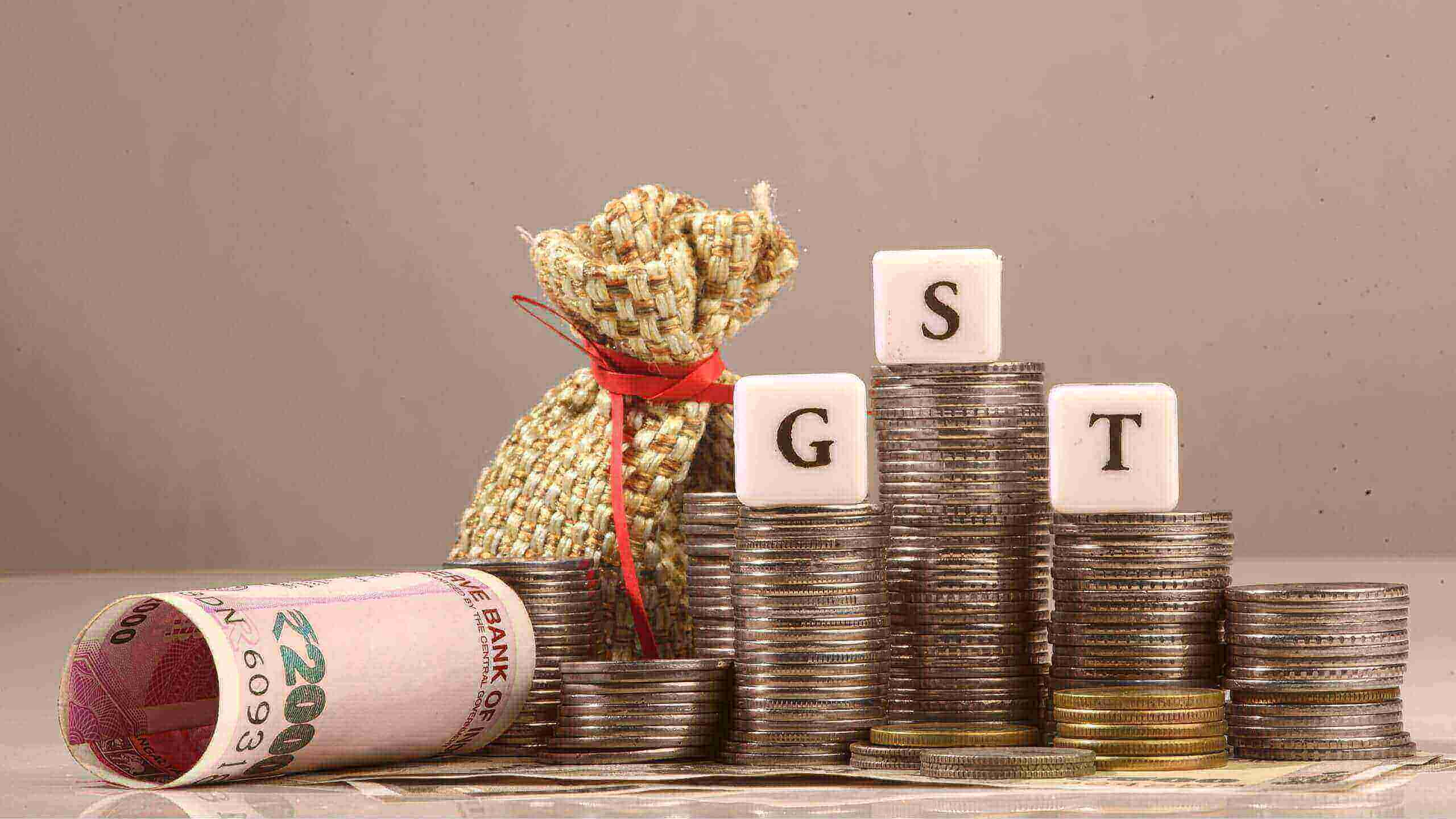In 2000, a committee was established to draft a law on GST, and the 17-year-old persuasion had successfully ended when the Goods and Service Tax law was enforced from 1st July 2017. Hailed to be the most significant tax regime post-independence, GST is set to resolve the real estate industry’s taxation concerns that have been plaguing it for so long.
The tax system was considered complex due to the multiple taxes involved. Earlier, Value Added Tax was different for different states. But as GST has merged and standardized, it made the tax uniform across all the country’s states. This has cleared the confusion and has increased transparency in the tax system.
With the latest reforms for home-buyers, it is favoring the customers. Let us get to know what the reforms have in store for the buyers.
GST Reforms in India for Homebuyers
Under the revised rates, the GST is charged at 5% without ITC(Input Tax Credit) on residential properties, 12% with ITC earlier. A straight cut of 7% on the residential properties is being implemented with effect from 1 April 2019. Also, in the affordable housing segment, the GST is brought down to 1% without ITC, from 8% with ITC.
For instance, if you have a residential property whose price is Rs. 2 crores, you would have had to pay a GST of Rs. 24 Lakhs earlier with ITC. The revised charges cost you around Rs.10 Lakhs bringing down the cost of the property from Rs.2.24 crores to Rs.2.1 crores, almost saving Rs.14 Lakhs. These reduced rates fetch the homebuyers the advantage of reducing the overall cost, thereby making a positive impact on the homebuyers.
What exactly is Affordable Housing?
The classification of affordable housing as per the GST council has a double definition. Based on the property’s carpet area and cost, It can be classified as affordable housing, the GST of which is brought down to 1% from 8%.
- Cost of property
If the property’s cost does not exceed Rs.45 Lakhs, then the residential property would fall into the affordable housing segment.
- Carpet Area
The property’s carpet area in metro cities can be up to 60 sq. meters or 645 sq. ft. to fall under the segment of affordable housing. While the carpet area can extend up to 90 sq. meters or 968 sq. ft. in the non-metro cities.
How Does GST Favors Homebuyers?
The majority of buyers of under-construction properties use home loans to finance their purchases, and the mathematics involved in the home loan process is also quite perplexing. Most buyers do not conduct a thorough examination of the various taxes that must be paid in addition to the purchase price, and they base their investment decisions solely on the property’s value.
Input Tax Credit
GST has helped the homebuyers by claiming ITC(Input Tax Credit) paid for the goods and services during construction. If you have paid taxes on the furniture or the goods you have bought during construction, you can claim the Input Tax Credit after fulfilling the conditions.
For example, if you as a developer need to pay Rs.10,000 as the tax on the final product but have already paid Rs.5,000 GST on the construction material, you can claim the input tax credit. This reduces the total tax to Rs.5,000 and reduces the burden on the developers that is passed on to the homebuyers.
Increased Transparency and Reduced Costs
The tax system was quite complicated with many taxes like Value Added Tax, Entry Tax, and Service Tax that the home buyers had to deal with. All of them have been merged, and GST was brought out to simplify the process. It has made ownership more accessible and affordable by increasing transparency and reducing costs by eliminating repetitive taxes.
Unfortunately, no amount of research can help the buyer determine the best rate. Long government documents are mostly interpretative in nature, and if you are not a professional chartered accountant, you may get lost in the study while still achieving some success. On the other hand, if there is a clear uniform rate for one tax that includes everything they need to pay in taxes to authorities, the entire payment process becomes very convenient for the buyer. In this case, even a higher rate would be preferable to a lack of clarity.
Bottom Line
On a concluding note, GST has addressed the homebuyers’ concerns by simplifying the tax regime. The customers have to pay a single tax called Goods and Service Tax, which has cleared the complexities that persisted for so long. The revised GST charges on residential properties also help the homebuyers save a significant sum, thereby making it more affordable.
I am sure you would want to buy a property after going through the reforms that favor the customers. Assetmonk is ever-ready to help you bag an asset with a click away. Our online real estate investing platform with various products like Growth, Growth Plus, and Yield strives hard to meet every customer’s demand. We offer our services across metropolitan cities like Hyderabad, Bengaluru, and Chennai. Visit today to know upcoming properties.
GST Reforms for Homebuyers FAQ's:
Goods and Service tax is a new composite tax that has merged all the existing taxes like VAT, Service Tax and Entry Tax, etc.
GST law has been enforced from 1 July 2017, after a long persuasion of 17 years.
The GST is charged at 1% without ITC. It was brought down from 8% with ITC.
The GST is charged at 5% without ITC, which was 12% earlier with ITC.





 Listen to the article
Listen to the article




